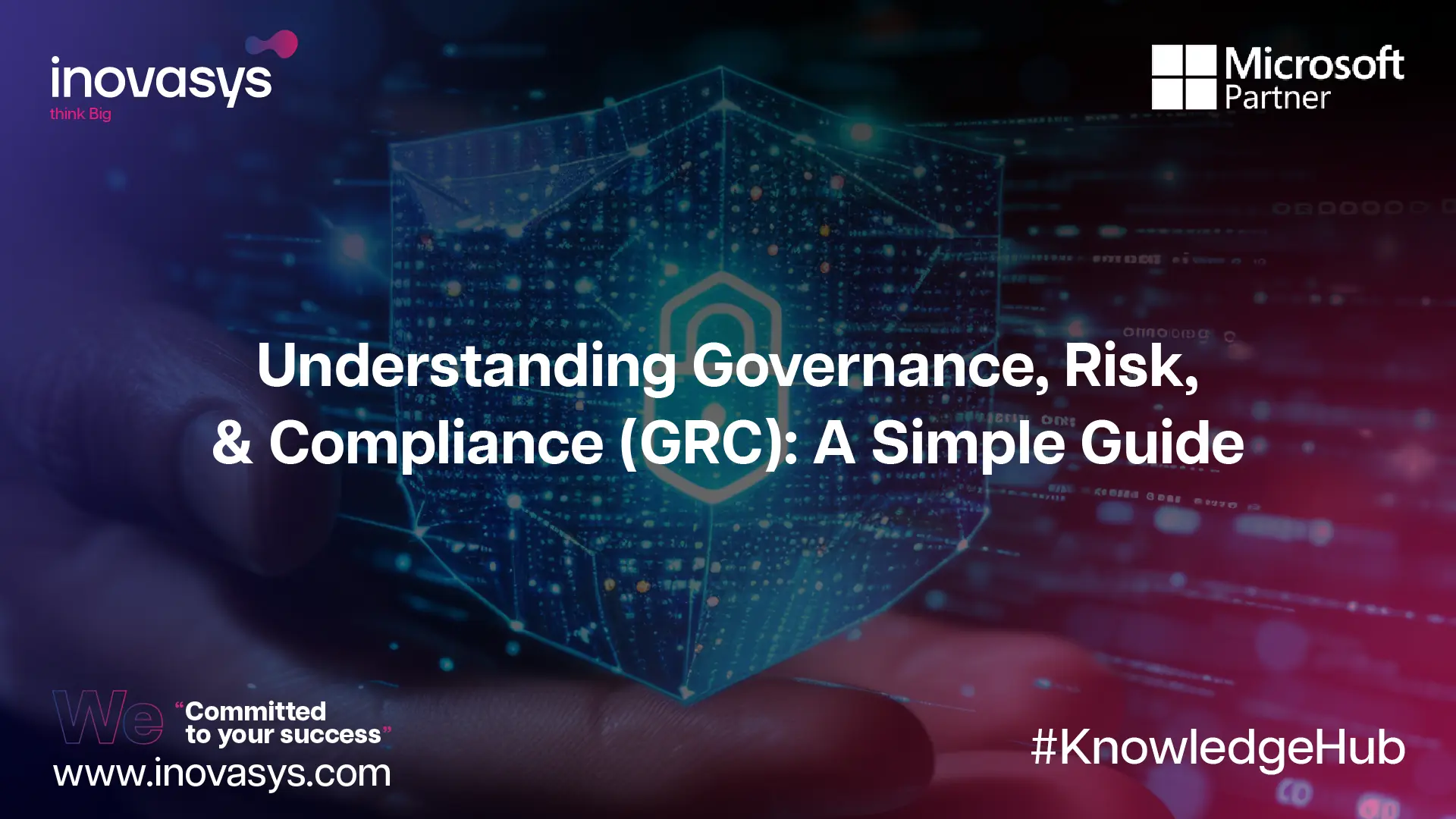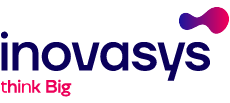Inovasys, founded in 2014, has been a leader in providing advanced technology solutions. By 2020, it became known as a service provider. The company aims to be the best partner for businesses looking to improve their operations with digital technology.
Articles & Papers

Understanding Governance, Risk, & Compliance (GRC): A Simple Guide
The Role of GRC in Modern Businesses
In today’s fast-paced business environment, organizations must manage risks, ensure compliance, and establish governance policies. But what is GRC exactly? GRC (Governance, Risk, and Compliance) is a structured approach that helps businesses align operations with industry regulations, mitigate threats, and improve decision-making. In this guide, we will explore Business Impact Analysis, Risk Assessment, Risk Management Frameworks, and more to help organizations build a solid GRC strategy.
Key Components of GRC
Frameworks & Regulations
Frameworks & Assessments provide a structured approach to evaluating an organization's security, compliance, and operational effectiveness. These frameworks, such as ISO 27001, NIST, GDPR, CBE CSF, NCA, PDPL outline best practices for managing risk, ensuring privacy and protecting sensitive information. Regular assessments help businesses identify weaknesses and make necessary improvements to stay compliant with industry regulations.
Governance
Governance in GRC establishes the overall direction and control mechanisms within an organization to ensure accountability, ethical operations, and compliance with regulatory requirements. It defines roles, responsibilities, and policies that guide decision-making processes, ensuring alignment with business objectives. Effective governance helps maintain transparency, minimizes risks, and fosters a security-conscious culture across all levels of the organization.
Risk Management Framework (RMF)
A Risk Management Framework (RMF) provides structured guidelines for managing risks. It helps businesses identify threats, establish security measures, and continuously monitor potential vulnerabilities. By following an RMF, organizations can ensure that their security and compliance efforts are consistent and effective. This framework also aligns risk management with business goals, ensuring a balanced approach to risk-taking and security.
Third-Party Risk Management (TPRM)
Many businesses work with third-party vendors, such as suppliers, IT service providers, and consultants. While these partnerships can be beneficial, they also introduce risks—such as data leaks or regulatory violations. Third-Party Risk Management (TPRM) focuses on assessing and monitoring the risks associated with external vendors. Companies implement TPRM strategies to ensure that third parties follow security standards and do not expose them to unnecessary risks.
Business Impact Analysis (BIA)
Business Impact Analysis (BIA) helps organizations identify and evaluate potential disruptions that could impact operations. Whether it's a cyberattack, natural disaster, or financial crisis, BIA assesses how these events can affect business functions and helps companies prepare for them. By understanding the impact of disruptions, businesses can create strategies to minimize downtime and financial losses.
Risk Assessment
Risk Assessment is the process of identifying, analyzing, and prioritizing risks that may affect a company’s operations. This involves evaluating potential threats—such as data breaches, regulatory fines, or operational failures—and determining how likely they are to occur. The goal is to provide a clear understanding of risks so that companies can take proactive steps to mitigate them.
Risk Treatment
Risk treatment involves implementing strategies to minimize, transfer, accept, or avoid risks. Companies use various methods, such as enhanced security measures, employee training, and cyber insurance, to address identified risks effectively. By taking proactive measures, businesses can reduce the likelihood of security breaches and operational failures.
Policies, Procedures, Standards and Guidelines
Policies, procedures, standards, and guidelines form the foundation of an organization’s security and compliance framework. Policies define the overarching principles and expectations, while standards establish the specific requirements for implementation. Procedures provide step-by-step instructions to ensure consistent execution, and guidelines offer best practices and recommendations. Together, they help organizations maintain security, ensure compliance, and mitigate risks effectively.
Compliance
Compliance in GRC ensures that organizations adhere to legal, regulatory, and industry-specific requirements. It involves implementing security measures, conducting audits, and maintaining records to demonstrate adherence to standards such as PCI DSS, HIPAA, and GDPR. Effective compliance management not only prevents legal penalties and financial losses but also enhances an organization’s reputation and customer trust.
The Importance of GRC and Why Businesses Need It
GRC is essential for businesses to navigate complex regulatory environments, protect assets, and ensure smooth operations. Without a structured GRC approach, companies may face legal penalties, financial losses, or reputational damage. Implementing GRC helps organizations reduce risks, improve decision-making, and build trust with stakeholders. It also ensures that business processes align with regulatory requirements, enhancing overall efficiency and resilience.
FAQs
1. How does GRC benefit businesses?
GRC helps businesses stay compliant with regulations, reduce risks, and enhance decision-making. It improves security, streamlines operations, and protects organizations from legal and financial penalties.
2. How does GRC integrate with cybersecurity strategies?
GRC ensures cybersecurity risks are identified, assessed, and managed systematically. It aligns security policies with regulatory requirements and business objectives, reducing vulnerabilities.
3. How does Risk Assessment help businesses?
Risk Assessment allows businesses to identify potential threats and vulnerabilities. By understanding these risks, companies can implement proactive measures to mitigate security breaches and financial losses.
4. What are common frameworks used in GRC?
Common Frameworks & Assessments in GRC include ISO 27001, NIST, GDPR, and COBIT. These frameworks help businesses implement best practices for security, compliance, and risk management.

